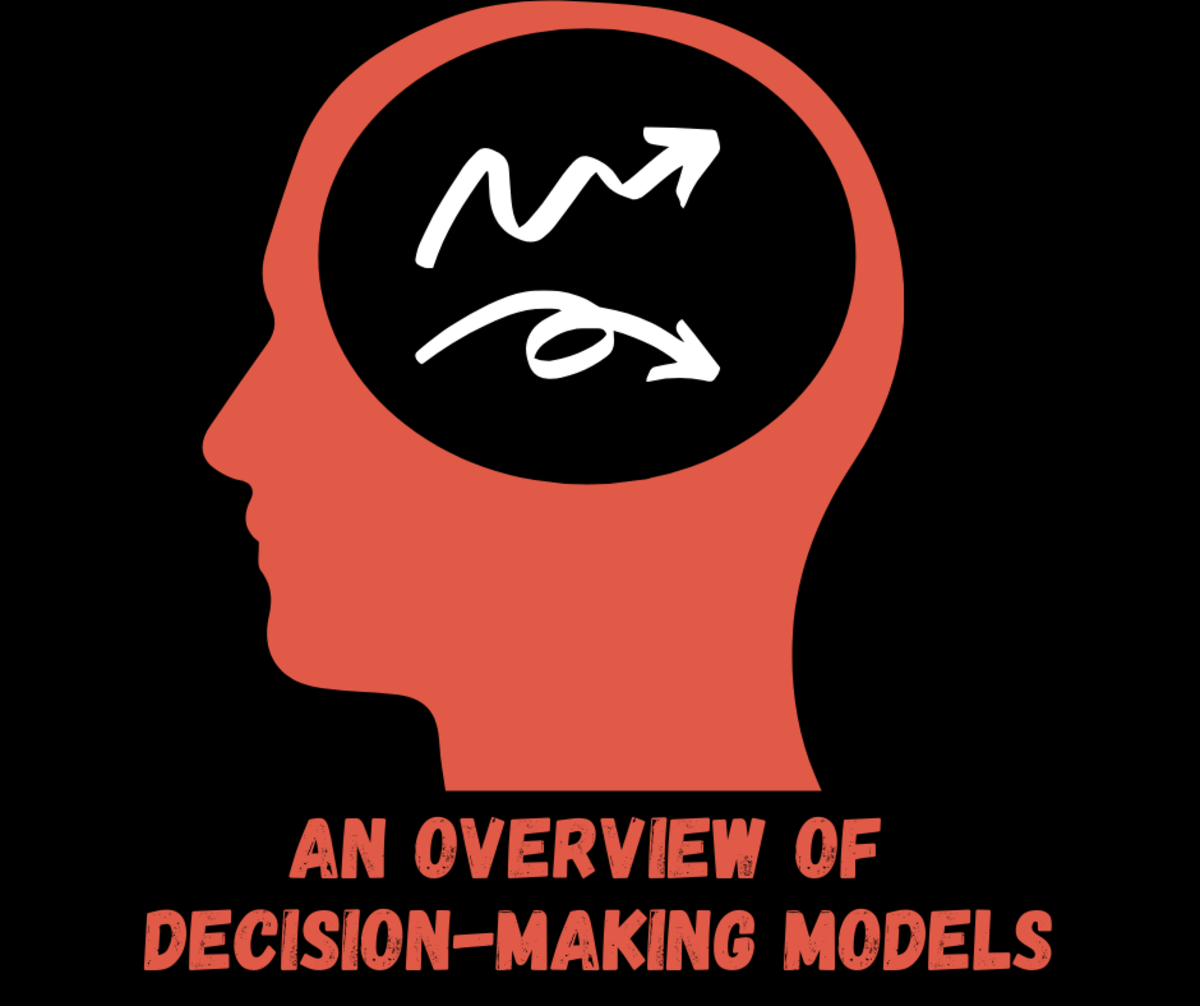Communicating Intuitively with Animals

Animals are Naturally Intuitive
If you share your home with a furry, feathered, scaled family member, chances are you have wondered what they are thinking at times. It can seem that they can read your mind. You may have noticed that when a human family member is away from home your dog will know exactly when the human is coming home (even when the time varies from day to day). Or your cat will know when you aren’t feeling well and is extra cuddly. They also seem to know when you are getting treats. Our companions have an energetic connection to us and can easily follow that connection to be in tune with us. Pets tell us things all the time. Often we convince ourselves that we are imagining it or that it is our own thought process. Open your mind to the possibilities that exist and practice flexing the intuitive muscle.
I have worked with many, many animals and have gotten wonderful results. In addition I have helped people learn to communicate with their animals on their own. Even people with no previous intuitive training have been able to communicate very effectively with their pets.


You are Also Naturally Intuitive
Intuition (or psychic ability) is not something that is only available to a few “gifted” individuals. Like any talent, it is in all of us, ready to be developed. Some may show a better aptitude than others, but to some degree we can all develop our intuition. Working with animals is one of the easiest forms of psychic and intuitive communication. Animals have no filters or preconceptions. They don’t block us or themselves. For those of you attuned to Reiki, you will find that it is especially simple to pick things up from animals.
Opening up that intuitive centre takes a bit of work but gets easier the more you use it. Again, we are all capable of using our intuition. Think of the term “gut feeling”. Mostly everyone I have spoken with has at one point or another had that feeling in the pit of the stomach (solar plexus chakra) that warned them of something or got their attention. I am not going to debate the scientific reasons vs. the esoteric reasons - I simply know that it exists. How or Why doesn’t really matter here. All of the things I set down here are from my personal experience. The methods are those that work for me. Please feel free to vary, add, subtract or eliminate as you see fit. You will find what works for you and what does not, as well as discover things unique to you. These tips are to get you started and help you navigate. This is a very brief explanation of a broad and complex topic. The information here will likely only scratch the surface.
These are a few examples of how you can fine tune your intuition:
- Meditation
- Visualization exercises
- Energy exercises
- Get in touch with Nature
- Spending time in your Sacred Space
- Ground and Center
- Breathing exercises
- Yoga
- Relaxation exercises
- Balanced diet
That last one may seem odd, but I have found that certain foods add to or interfere with my ability to use my intuition properly. For example, sugar tends to dull my intuitive senses. Drinking water usually helps things flow better.


Getting Started
When embarking on this journey, let go of any preconceived notions of what to expect. Some people get images immediately, some hear messages and some sense what is being communicated. Sometimes you may get a combination. Just let it flow and be open. To develop a bond with your pet, practice communicating on a regular basis. Spend time with your pet in a “deep listening” mode. This means simply tune in to the animal and pay attention to what you see/hear/sense/smell, etc. For example, if you are petting an animal and suddenly get the sensation of being thirsty even though you know you are not, chances are your little friend is thirsty. It is both easier and harder to work with your own little family member. Easier, because you know them and already have a connection. Harder, because you may have preconceptions of what you will get from them. Also, they may communicate something that you don’t want to know or may be painful (such as in cases of past abuse if you are not their first home).
Animals tend to think in images as opposed to words (although they can use words as well). Bear in mind the viewpoint of your pet. For example, a small dog will see things from a different vantage point than we would. If you keep your dog’s treats in a canister on the back of the counter, for instance, your dog may send images of the counter as the canister may not be in his line of sight. It may seem a bit like learning a new language at first. Below are some tips and pointers for beginning a session.
- Relax, breathe and still your mind and let go of preconceptions and doubt
- Ground and center
- Open your Crown, Third Eye and Heart Chakras
- Let the animal sense and smell you, let them come to you
- Introduce yourself if you don’t already know the animal
- Ask permission and be caring and respectful
- Open your energy to the animal
- Expand your energy field to gently include them and feel their energy field merge with yours
- Use common sense and observation - if an animal is showing signs of fear or aggression, now is not the time to attempt communication. Also, if you suspect that the animal is ill or needs help, take proper measures.

Communicating with Animals
Have you ever experienced communication with an animal?
Opening the Lines of Communication
When you have developed a link to the animal, pay attention to everything you see, hear, think or smell. Remember again to think of their vantage point. (It helps, especially at first, to be in physical contact with the animal. This is not always possible or necessary. The next best thing is a picture or an item belonging to the animal).
It is always best, I have experienced, to proceed with the energy from the heart chakra as it is loving and gentle. Never startle an animal by moving into their energy field suddenly or brusquely. For the most part, animals are open to communicating. Sometimes, however, they may be frightened by something, tense or uncomfortable. In these cases, it is best not to push. You don’t want to upset the animal. Introduce yourself if you aren’t known to the animal and tell them what you will be doing. Feel your energy field growing and merging with the animal’s energy. Pay attention to everything you feel or sense. If you feel the animal pulling away, pull your energy back. Don’t neglect physical clues. For example, if a cat is staring at you, try the slow blink technique. Wait for him to return it. This will forge better communication. Look at the dog’s posture. Is her tail between her legs? She is frightened. Get down on the animal’s level and use non- threatening body language. Again, let them come to you.
Once you have merged your energy, employ deep listening. Be attentive. Let the images or words come to you. This is why mediation is so important - it allows us to find that stillness. This helps us know what is our own thought process and what is coming from other sources.
If you want to give a message to the animal, send images to their third eye from your third eye. “Think” at the animal. You can use a combination of visual images and words. For example, think of a dog treat as you say “Would you like a treat?” You can use this combination to help your pet understand when you are training them. The key is consistency. Don’t, for example, use an image of her going outside to relieve herself and change the wording each time. If you say “Want to go out?” combined with the image, do not interchange it with “Want to take a walk?”. Stick with a consistent set of words and images.

Final Words
The above steps should help you hone your skills and open a line of communication between you and your non human family members, as well as other animals. Keep in mind that this is a very brief primer in how to tune in to your pet - there is much more to experience and learn. Remember to keep an open mind, be respectful and gentle, pay attention to body language (yours and theirs), listen and to observe common sense precautions. If an animal seems ill, take proper actions. Never approach an angry or overly frightened animal unless you are trained to do so. It could result in injury to yourself and/or the animal. You can expand upon the techniques here and work with them until you hit the right formula for you. No matter how little or how much of this you use, it will strengthen the bond between you and the animal. If you are working with your own pet, this will only help the relationship. Keep practicing and it will get stronger. However you use these skills, know that it is rewarding and fun. Enjoy the new connections you make!
Paradelphia Radio Interview
- Paradelphia Radio : Paradelphia Radio: Animal Tales, Ep 24
This is a link to a Podcast interview I did with Paradelphia Radio on Pet Communication. I have also been filmed for a pending TV show working with the Geese Police and their dogs.








